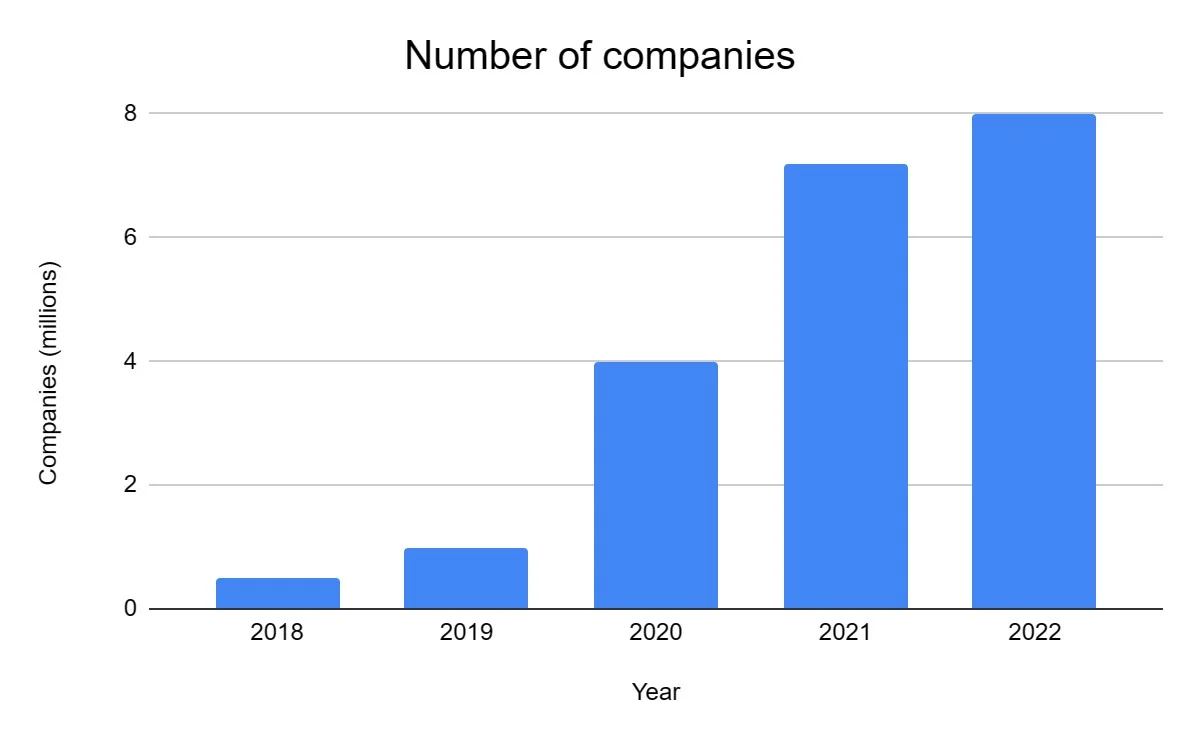Good QA engineers can also write efficient tests that run quickly and automatically. They should know the ins and outs of test automation frameworks, such as Selenium, and be skilled in how to write tests that cover a lot of ground but that don’t require a long time to run. They must also know how to interpret test results quickly and communicate to developers how to fix whatever caused the failure. Effective communication in this regard between developers and QA engineers is essential to maintain the CI/CD pipeline flow even when a test fails. Because automation is foundational to DevOps, choose systems that can be provisioned automatically. You want to achieve architectural flexibility so that an architecture doesn’t constrain the DevOps team’s ability to improve practices on a continual basis.

Each leader should work individually and together on all of the friction points. A solid DevOps platform needs a solid DevOps team structure to achieve maximum efficiency. DevOps doesn’t work without automation and for many teams, automation is the top priority. If you’re just getting started with DevOps, there are several team organizational models to consider. Either the deployment failed and the system is in an unknown state, or the deployment succeeded, alarms are triggered, and trouble tickets start flowing in.
Platform teams
Automatic scripts that can be executed at the granular level to facilitate flexible customization of exceptions and modes. After hardening is done, teams should verify if it meets the baseline and then continuously monitor it to avoid deviations. Similarly, cloud architecture is about creating a cloud platform by integrating individual technologies.
- Individual skill combined with collaboration is where great things happen.
- The term DevOps, a combination of the words development and operations, reflects the process of integrating these disciplines into one, continuous process.
- If the bug was caught in a test or staging environment, the tests will give confidence that the code is working properly when promoted to production.
- However, choosing the right people for the right tasks and inducing the DevOps culture across the organization delivers results in the long run.
- By integrating security into a continuous integration, continuous delivery, and continuous deployment pipeline, DevSecOps is an active, integrated part of the development process.
A team with a DevOps culture owns the operation of the software and borrows the behaviors of a site-reliability engineer (SRE). Do root cause analysis of the problem, write tests to detect the problem, fix the problem, and verify that the devops team organization tests now pass. This process is often laborious up front but pays dividends in the long run since it reduces technical debt and operational agility is maintained. Like writing code, it is helpful to keep infrastructure deployment modular.
Start with the DevOps platform
It offers excellent support for branching, merging, and rewriting repository history, which has led to many innovative and powerful workflows and tools for the development build process. DevOps aligns development and operations to optimize quality and delivery. In all cases, the DevOps research and modelling covers leadership, culture, and technical practices. DevOps bakes in collaboration, with many opting for cross-functional, autonomous teams.
System tests verify the end-to-end performance of the system and provide confidence that the system is working as expected in each environment. Mock the input that a component might receive and execute the system. Next, verify that the system returns the necessary values and updates the rest of the system correctly.
How to create a successful DevOps organizational structure
One highly-skilled team member manages builds, deployments, and responding to service outages. Whether it’s with two pizzas in a conference room or the adoption of real-time collaboration tools and easily updated documentation, organizations must make an effort to bring DevOps teams together. The particular activities and tasks will vary, depending on the existing corporate culture, proximity to like-minded IT folks and leadership. Get ideas from the experts’ advice below, and formulate a plan to introduce everyone to DevOps, get them excited about it and ensure ongoing communication. Taking an example from Spotify, the business teams are called squads, who handle specific services (e.g., search, playlist, player etc.). They sit together and act as a mini-startup, incorporating every component required to support a service throughout its lifecycle.
A DevOps team mindset differs from traditional IT or scrum teams as it is an engineering mindset geared towards optimizing both product delivery and product value to the customers throughout a product’s lifecycle. Obviously the software development lifecycle today is full of moving parts, meaning that defining the right structure for a DevOps team will remain fluid and in need of regular re-evaluation. In this scenario, dev and DevOps are melded together while ops remains siloed. Organizations like this still see ops as something that supports the initiatives for software development, not something with value in itself.
What are the benefits of DevOps?
This team structure, popularized by Google, is where a development team hands off a product to the Site Reliability Engineering (SRE) team, who actually runs the software. In this model, development teams provide logs and other artifacts to the SRE team to prove their software meets a sufficient standard for support from the SRE team. Development and SRE teams collaborate on operational criteria and SRE teams are empowered to ask developers to improve their code before production. Is your software development lifecycle a confusing mess of tools and workflows?

Devs today are creating, monitoring, and maintaining infrastructures, roles that were traditionally the province of ops pros. Ops are spending more time managing cloud services, while security team members are working on cross-functional teams with dev and ops more than ever before. Use test-driven development when fixing bugs found in production code. When you find a bug, write unit tests, integration tests, and/or system tests that fail in environments where the bug is live. If the bug was caught in a test or staging environment, the tests will give confidence that the code is working properly when promoted to production.
More on DevOps teams
DevOps values are sometimes applied to teams other than development. When security teams adopt a DevOps approach, security is an active and integrated part of the development process. You can only assess their current state relative to how things were before. If an organization achieves these goals, it’s irrelevant that it looks like an anti-pattern from the outside. You can revisit your understanding of these DevOps team structures using Team Topologies.

The current DevOps team structure contains people who are skilled in coding and operations. Strong communication skills, technical expertise, and team player mentality are important traits for a DevOps guy. Most importantly, commitment and buy-in from every member are also important.
Harnessing OKRs as Guiding Stars for Successful Product Goals in Scrum
It is not just abstracting hardware capabilities but also involves other processes such as automation, orchestration, APIs, containerization, security, routing, UX design, etc. Public, private, hybrid, and multi-cloud are a few examples of popular cloud architectures. DevOps augmented by cloud technology enables you to build highly scalable and flexible applications using different architectures such as Microservices, serverless architecture, and cloud architecture. DevOps teams are ideally led by a senior member of the organization who knows business processes, has the technical expertise, and interacts with all employees. The leader should have a clear vision and articulate the vision across the team, drive intent, inspire, motivate and encourage everyone. Seamless collaboration and engagement help everyone not only to be motivated but align with organizational objectives.

최신 댓글